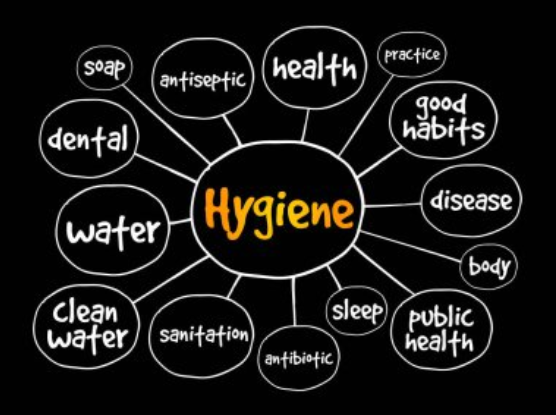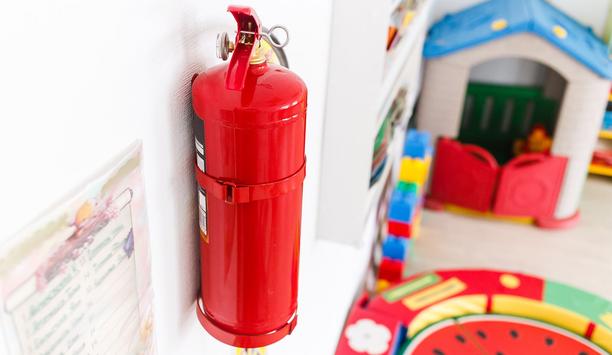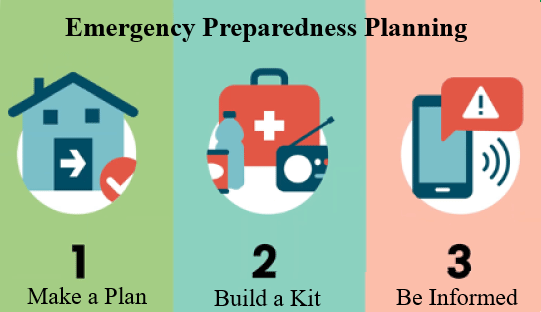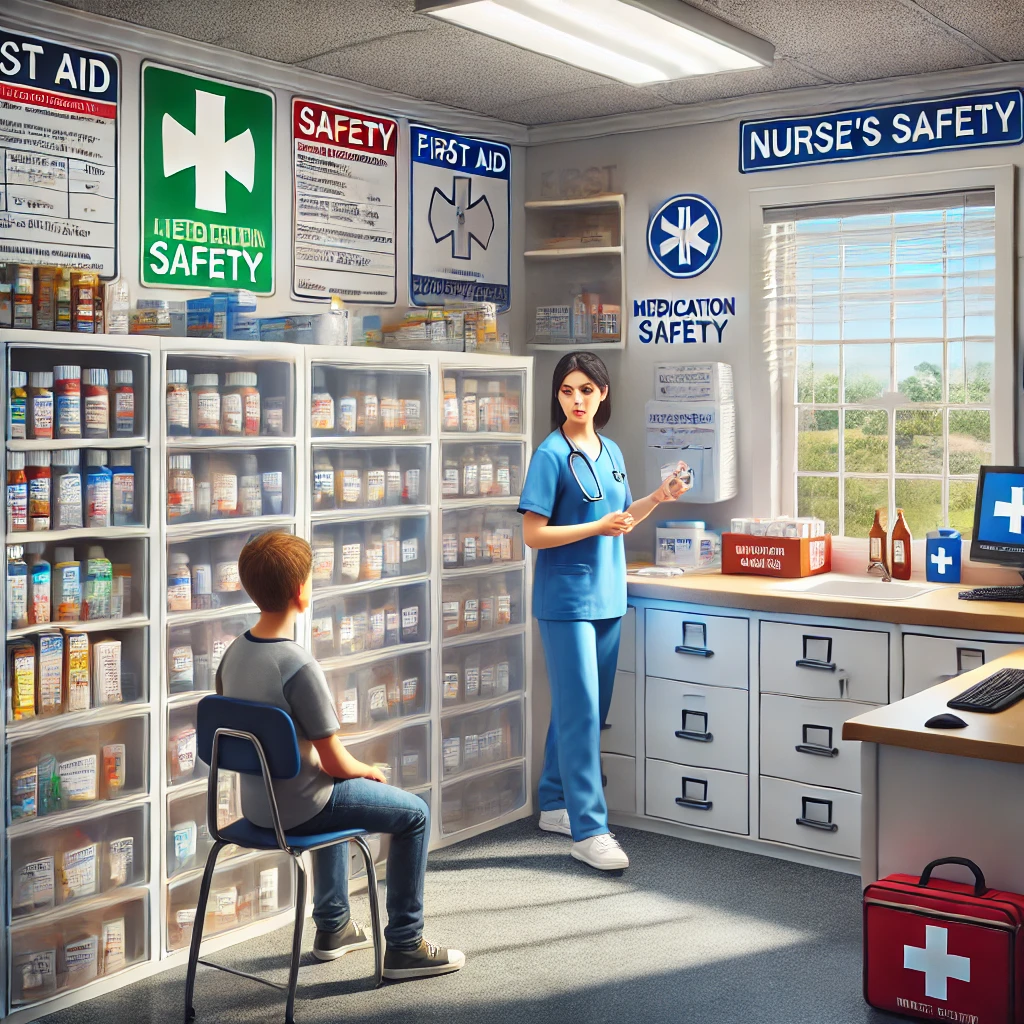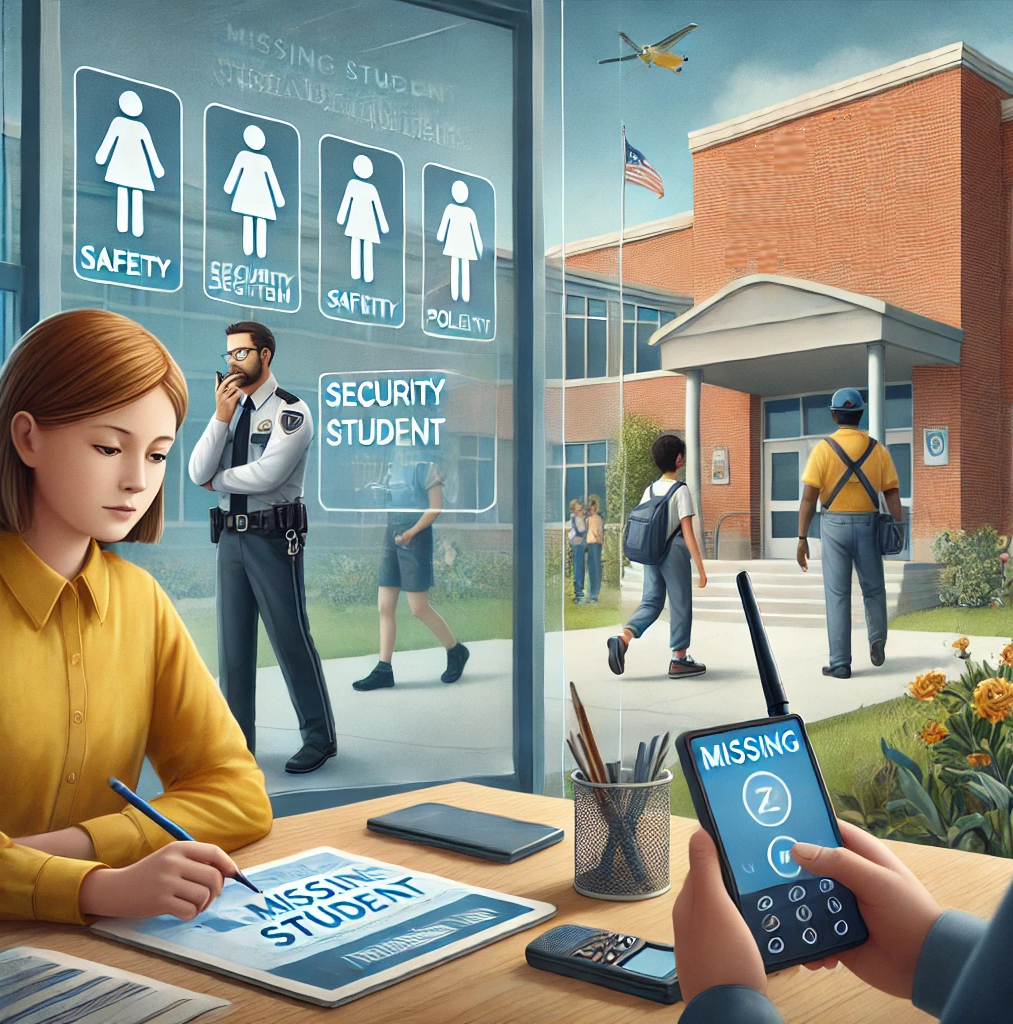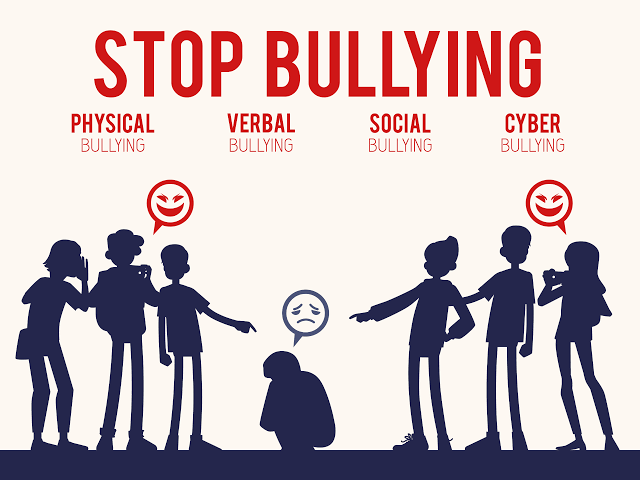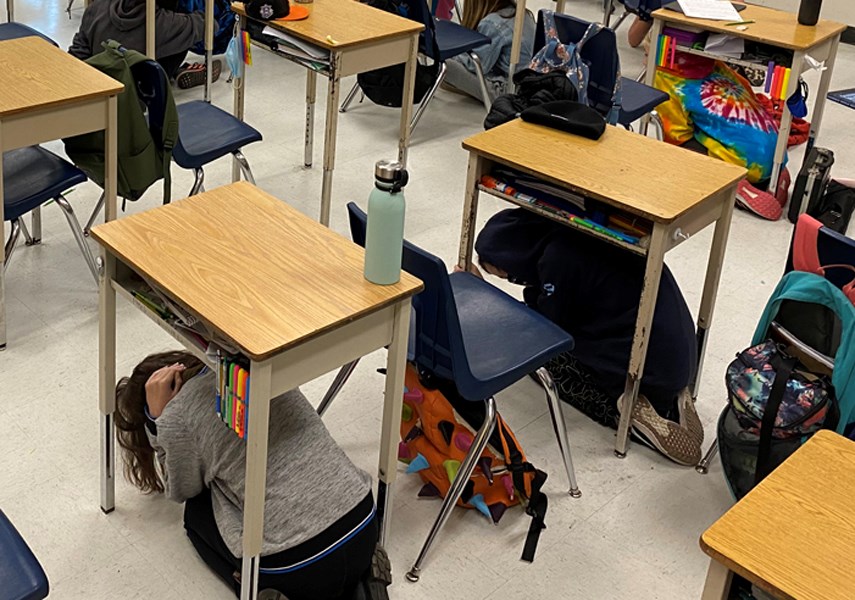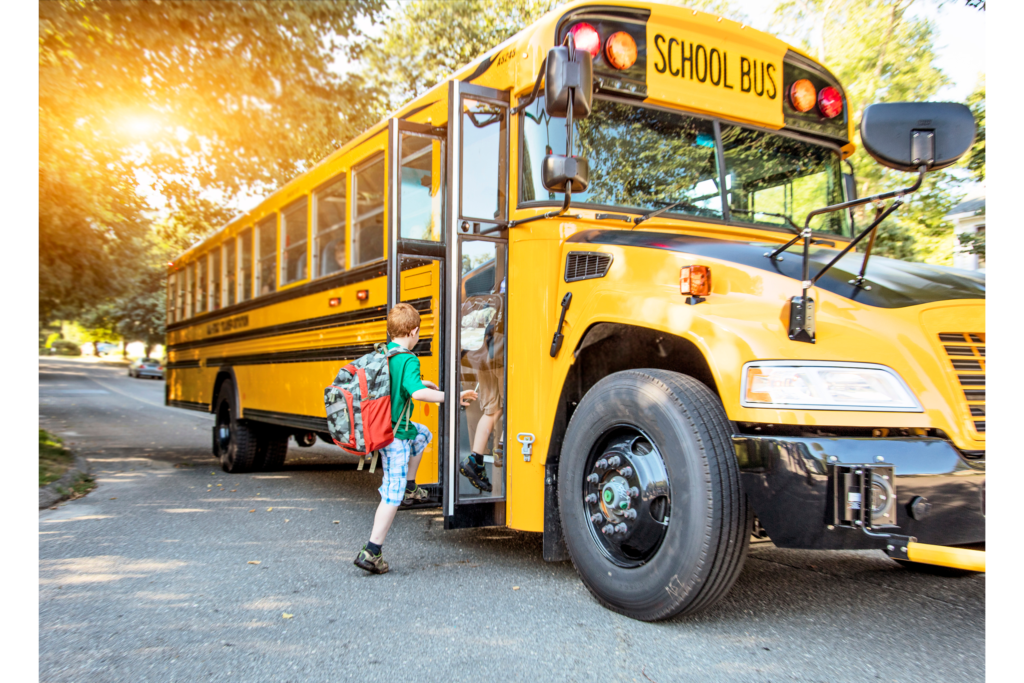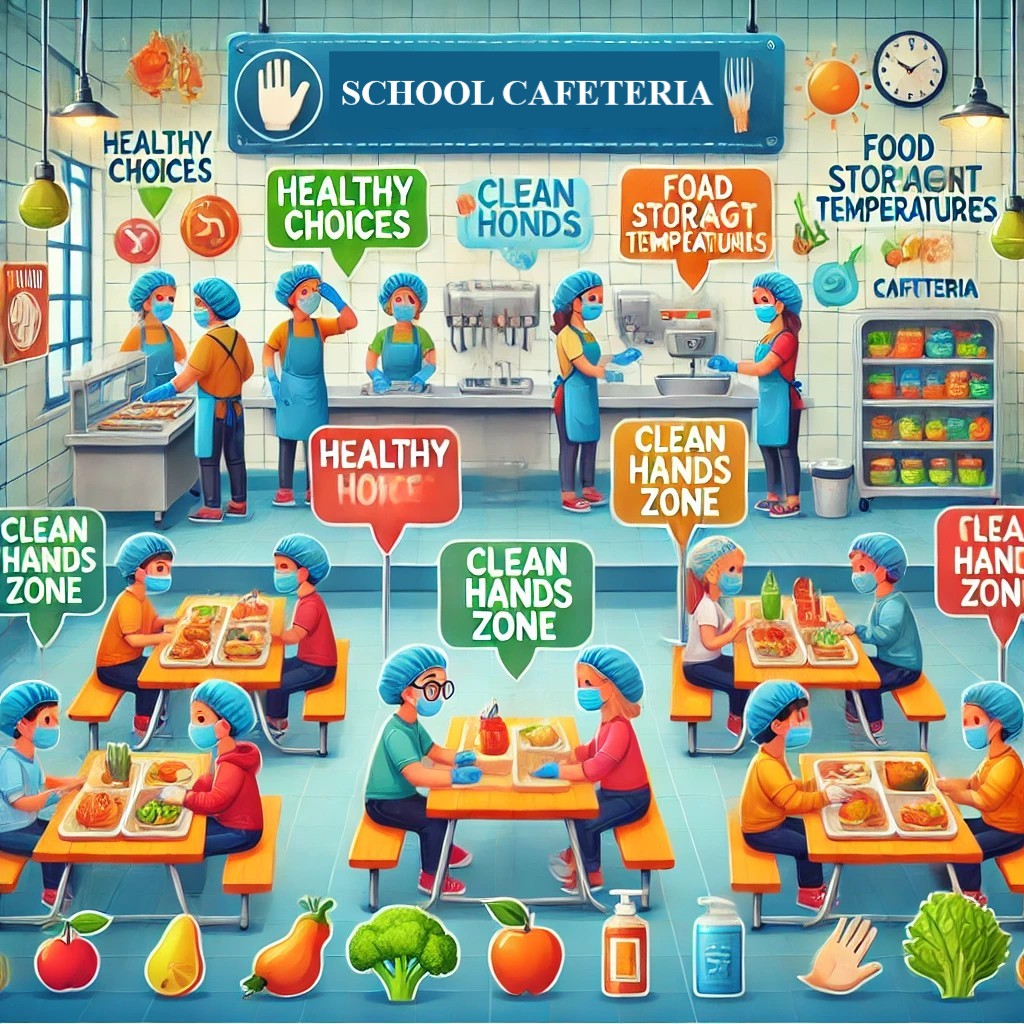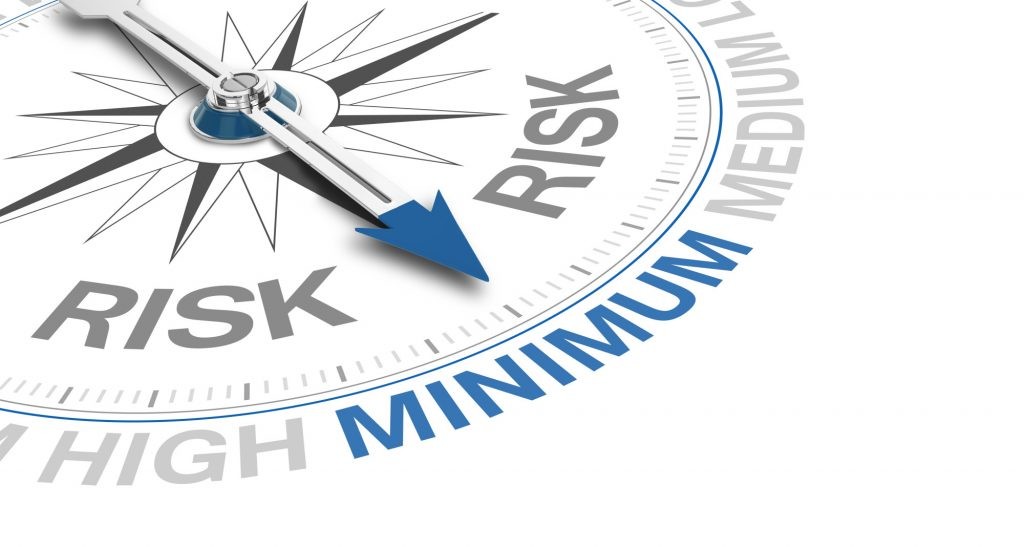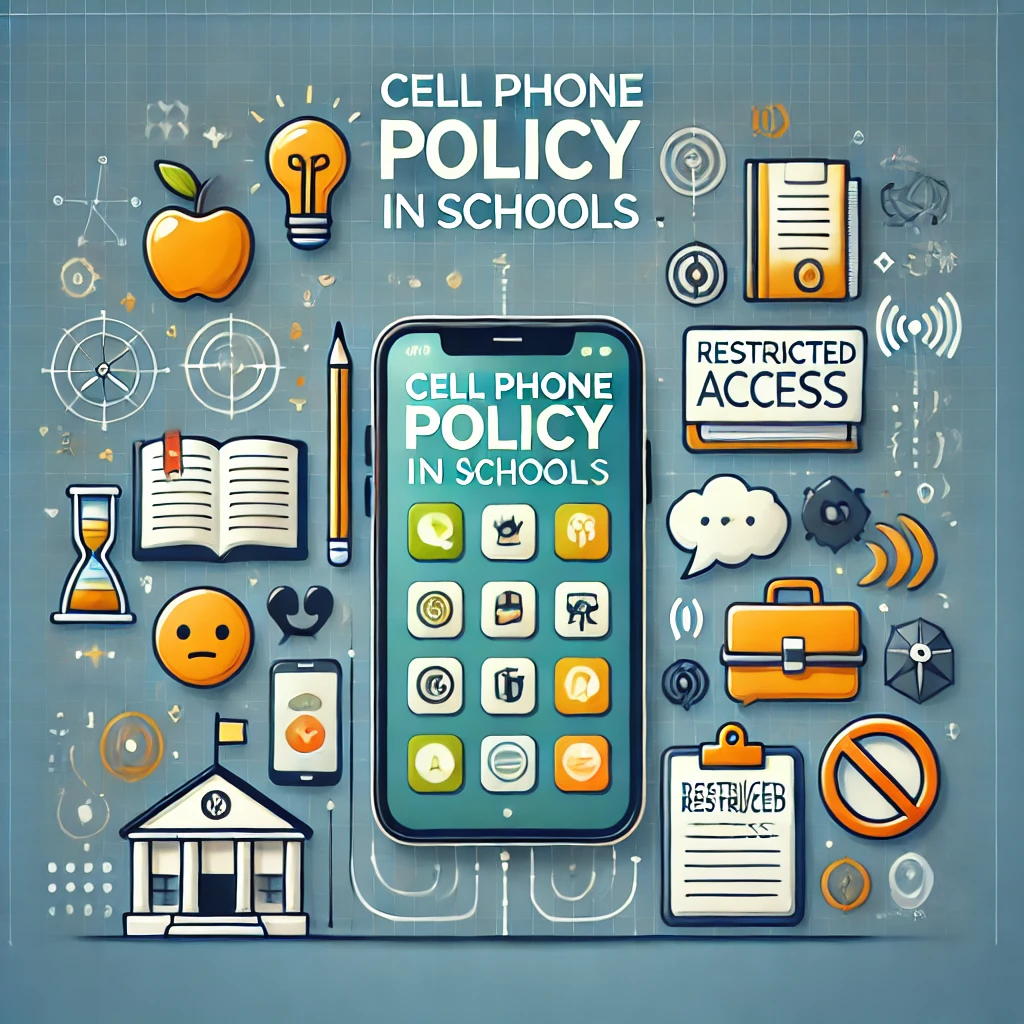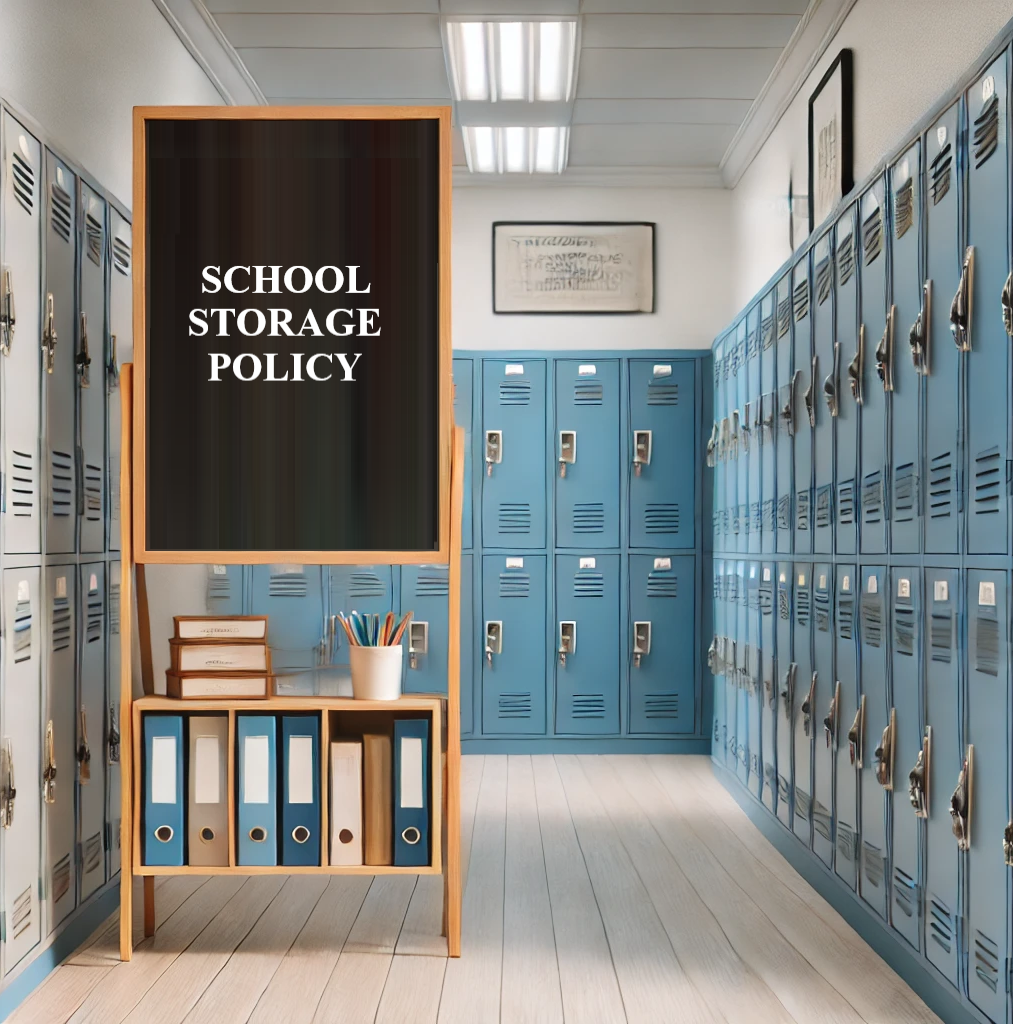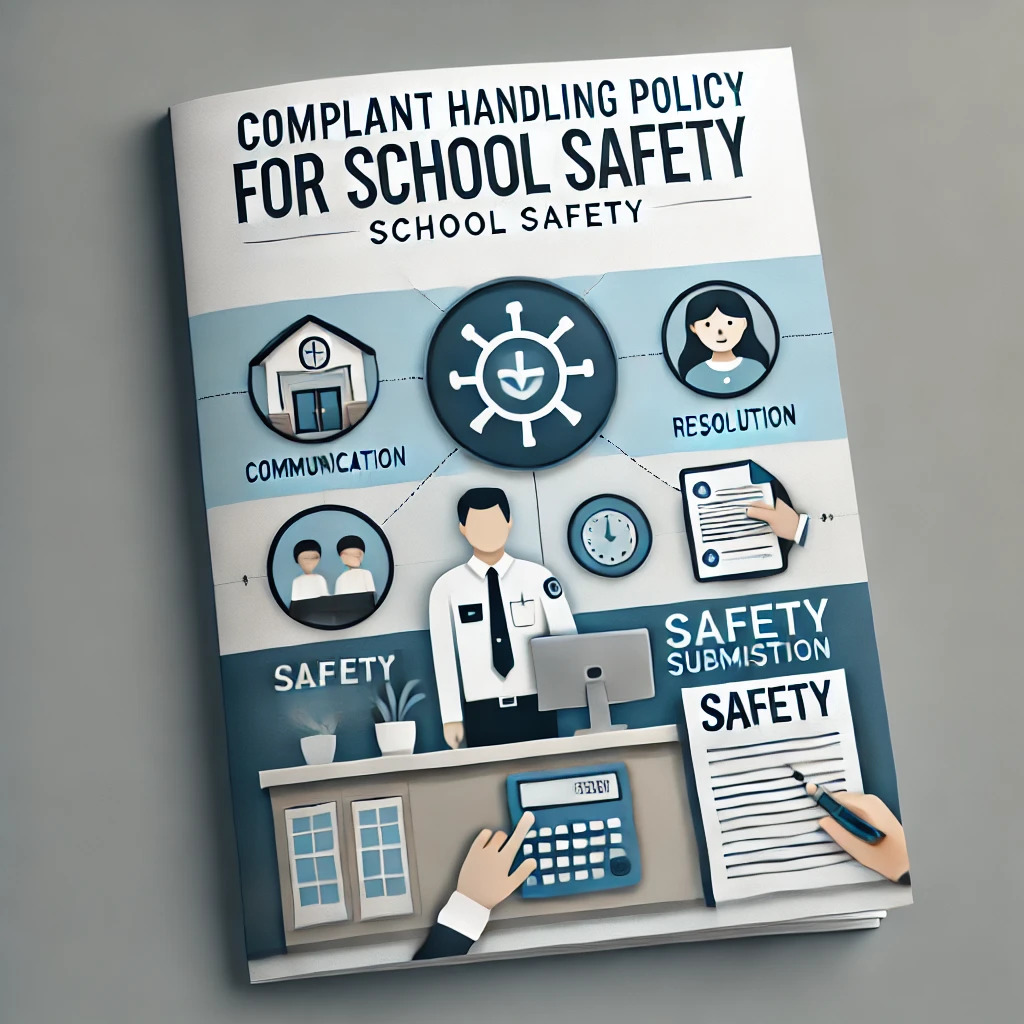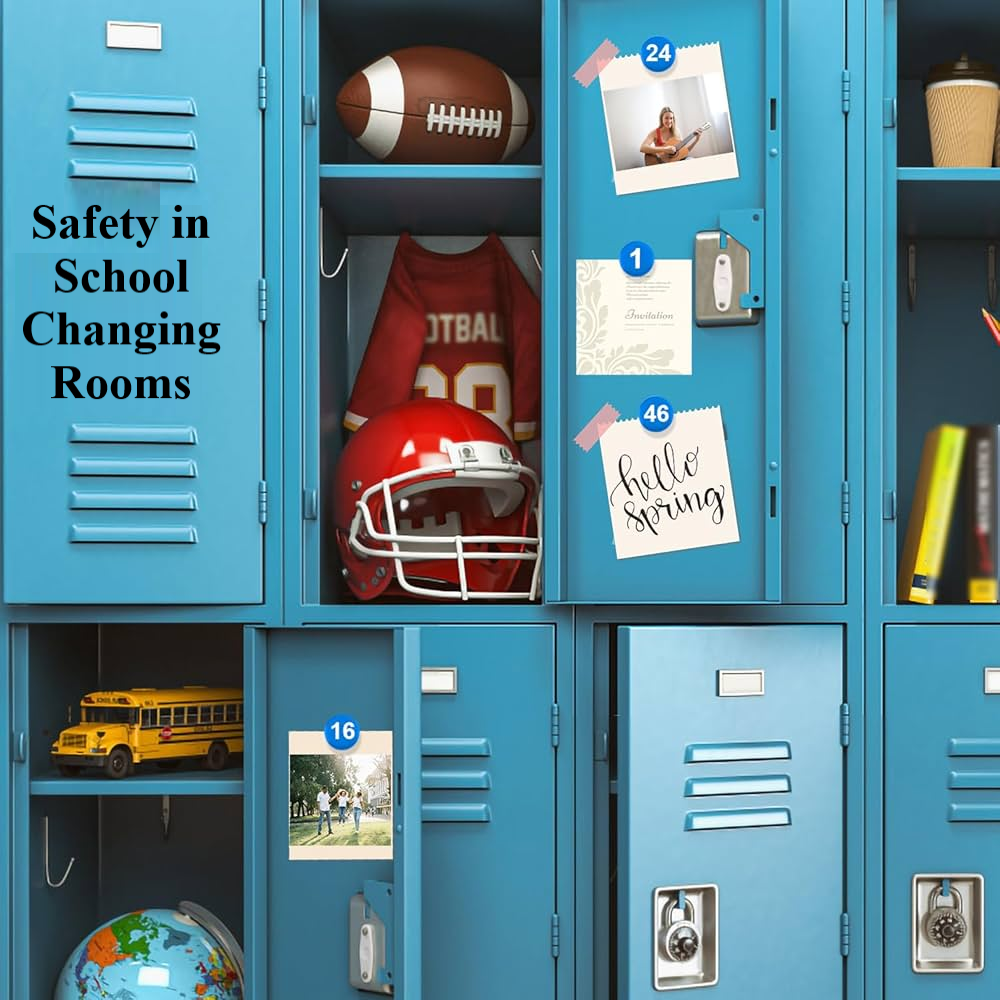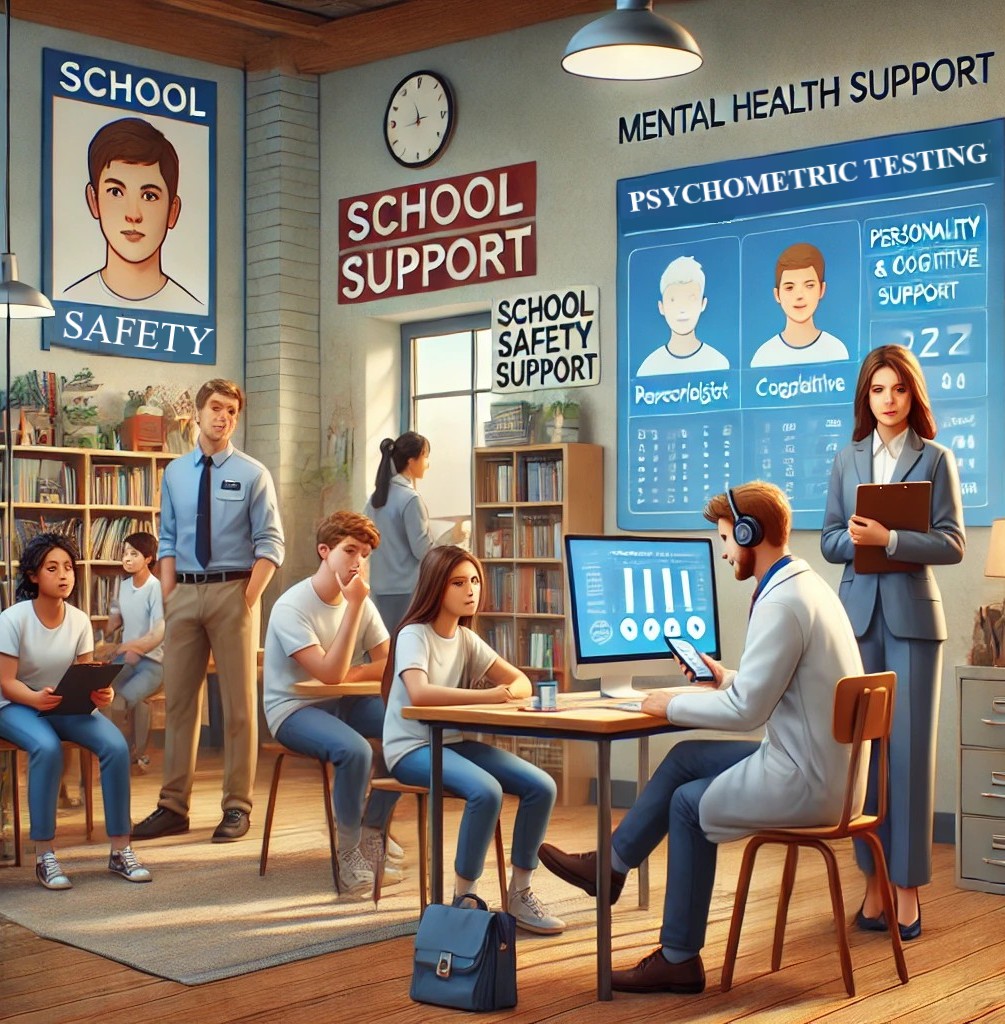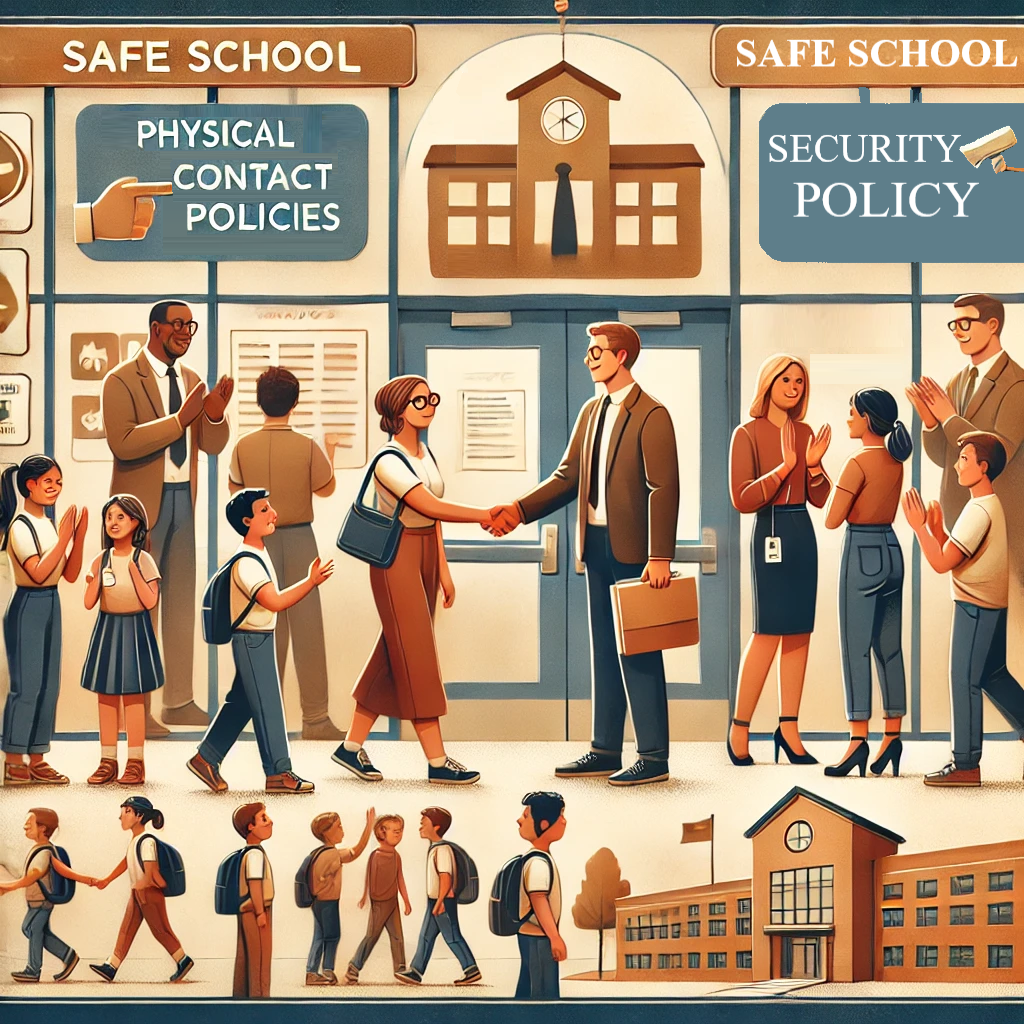The Importance of a
School Pest Management Policy for Student Safety
Introduction
School safety
extends beyond physical security measures such as surveillance cameras and
controlled entry points. One critical yet often overlooked aspect of school
safety is pest management. Pests can pose serious health risks and structural
threats to school environments, making a School Pest Management Policy an
essential component of maintaining a safe learning environment.
Understanding the Need for a Pest Management Policy
Schools accommodate
hundreds to thousands of students daily, creating an environment that can
easily attract pests. Factors such as food waste, improper sanitation, and
building structures with hidden spaces can serve as ideal habitats for pests
such as rodents, cockroaches, and termites. Without a structured policy, pest
infestations can lead to health risks, property damage, and disruptions in
learning.
Components of a School Pest Management Policy
A comprehensive
School Pest Management Policy should include:
- Pest Identification and
Prevention: Recognizing potential infestations before they escalate.
- Integrated Pest Management (IPM)
Approach: Utilizing a combination of preventive and reactive measures to
control pest populations.
- Use of Safe Pest Control
Products: Ensuring non-toxic solutions are prioritized for student and staff
safety.
- Regular Inspections and
Monitoring: Conducting scheduled assessments to detect early signs of
infestation.
- Education and Awareness Programs: Informing
students, staff, and parents about best practices for maintaining a
pest-free environment.
Implementing a
School Pest Management Policy is a proactive measure that ensures the health
and safety of everyone in the school. By prioritizing pest control and
prevention, schools can create an environment conducive to learning and free
from health hazards.





